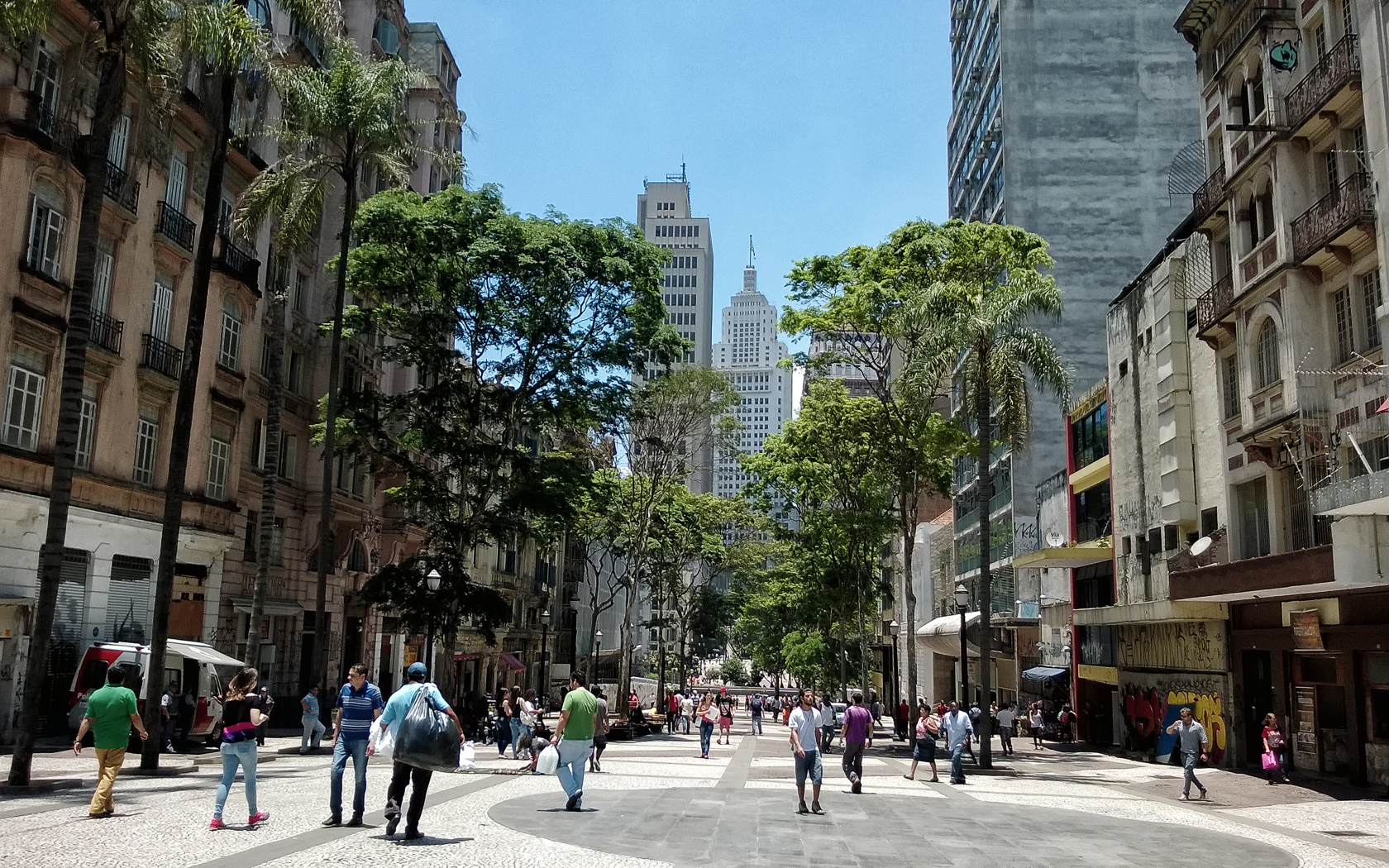The early and prolonged heat affected millions of people across Argentina, Brazil, Paraguay, and Bolivia. Across the heat-affected countries, large wildfires are raging. At least 36 fires have been detected in Bolivia (País ED, 2023), 20 in Paraguay (ABC, 2023), and several more throughout Brazil, including in Bahia (The San Diego Union Tribune, 2023; CNN, 2023), Pantanal (O Globo, 2023), and the Amazon (France24, 2023).
Using published peer-reviewed methods, scientists from Brazil, Argentina, the Netherlands, United States of America and the United Kingdom, collaborated to assess to what extent human-induced climate change altered the likelihood and intensity of 10-day maximum temperatures during the months August- September in the region most affected by the extreme heat (fig 1).
![A map showing ERA5, CPC and MSWX near surface temperature (T2m) [℃ ] anomalies w.r.t. 1980-2010, showing 10-day average daily maximum for the period of 17th to 26th of September 2023.](http://www.worldweatherattribution.org/wp-content/uploads/south-america-heat-300x88.png)
Main findings
- While the full impacts of heatwaves remain unknown until months after the events, 4 casualties and many heat-related illnesses have been reported. Early spring extreme heat events often prove to be particularly impactful as local populations are not yet acclimatised to high temperatures. In addition, high population density, low vegetative cover and water-based spaces, high levels of air pollution, and inequality are additional risk drivers for mortality and morbidity within cities, rendering extreme heat particularly deadly for the urban poor.
- Using gridded observational products and observations the heat event as defined above is approximately a 1 in 30 year event in today’s climate.
- While there is a high-level of confidence in the gridded products used to carry out the analysis, these do not capture very local records, many of which were broken during this heat episode. To incorporate these in future studies and inform early warning systems high quality and readily available weather station data is needed.
- To estimate the influence of human-caused climate change on this extreme heat we combine climate models with the observations.We find that because of human-induced climate change the event would have been 1.4 to 4.3 °C cooler had humans not warmed the planet by burning fossil fuels. Due to the strong trend the change in likelihood is not well defined: it has increased by at least 100 times.
- With future global warming, heat events like this will become even more common and hotter. At global mean temperatures of 2°C above pre-industrial levels, a heat event like this would be about another 5 times more likely and 1.1 to 1.6 °C hotter than today.
- Although ENSO may have influenced the large-scale weather patterns, the direct contribution to the extreme heat is small, compared to the climate change signal.
- While some losses will inevitably occur due to the extreme heat, in particular with respect to ecosystems it is misleading to assume that human impacts are inevitable. Adaptation to extreme heat can be effective at reducing morbidity and mortality. The authors were not able to identify any heat action plans that exist in the affected area, this leaves the potential for a window of opportunity to mitigate heat impacts on vulnerable people. Heat Action Plans that include early warning and early action, awareness raising and behaviour changing messaging, and supportive public services can reduce morbidity and mortality.





